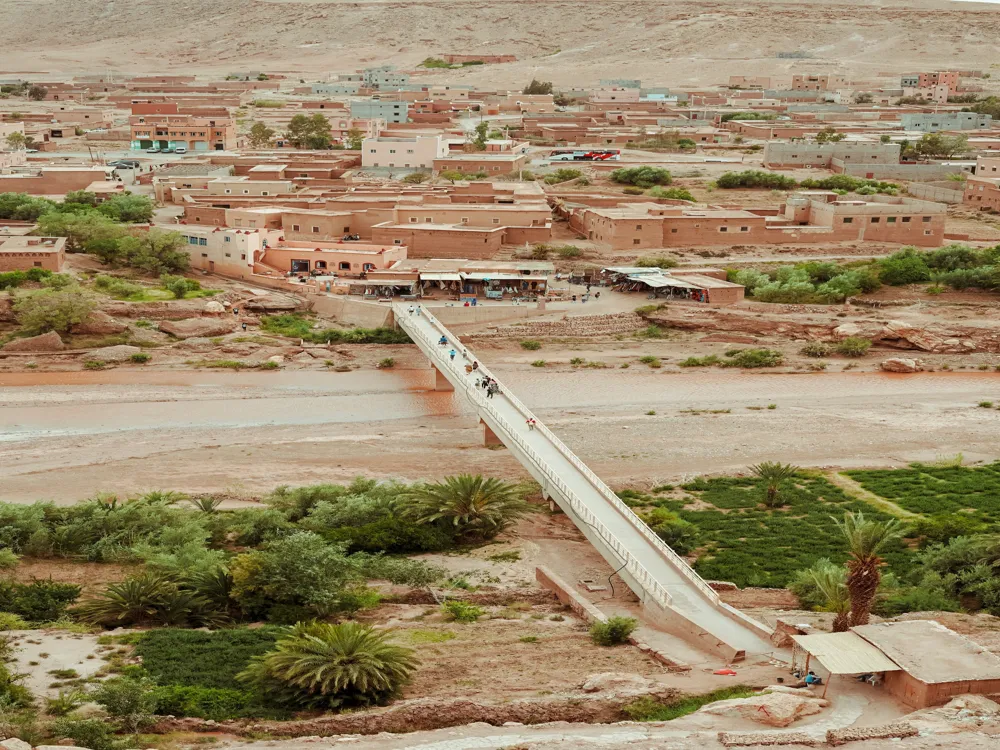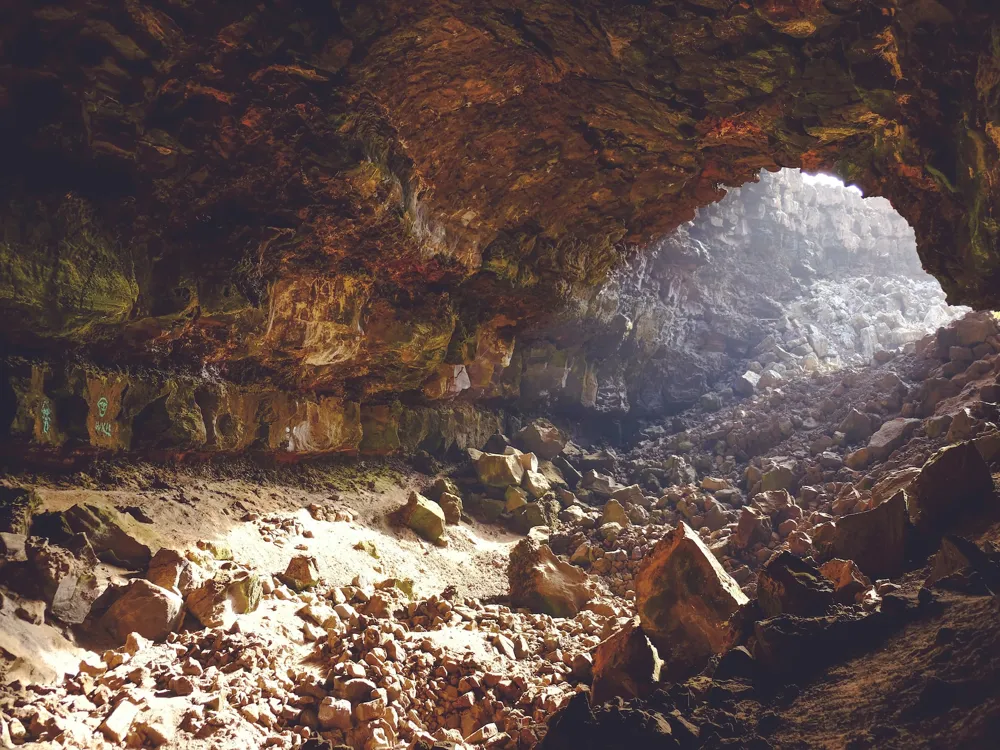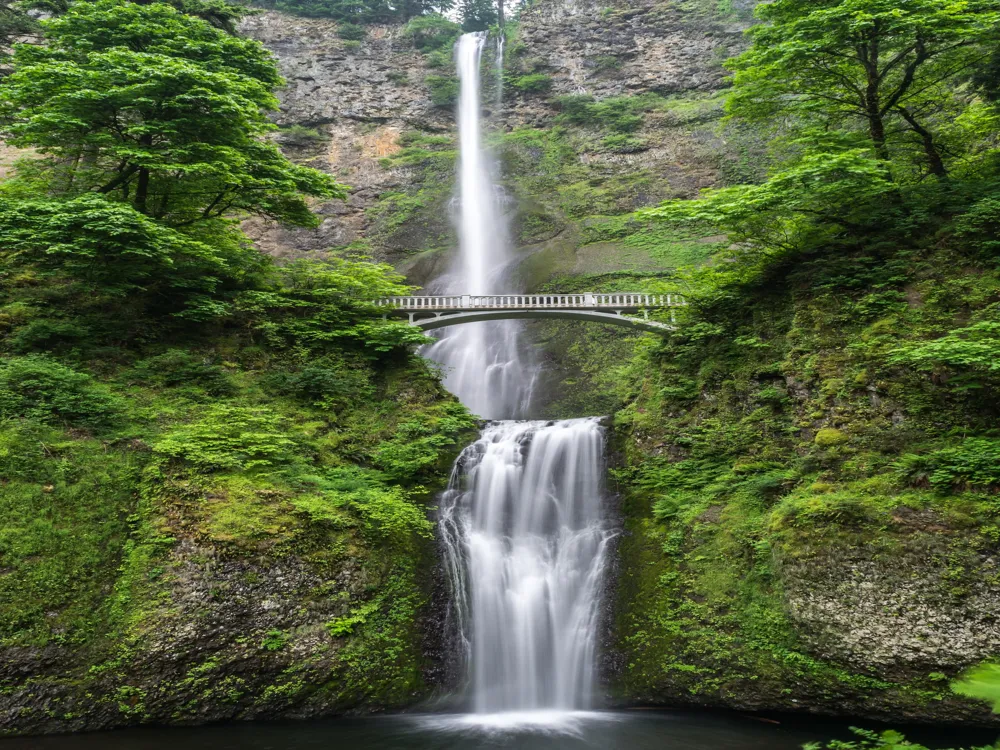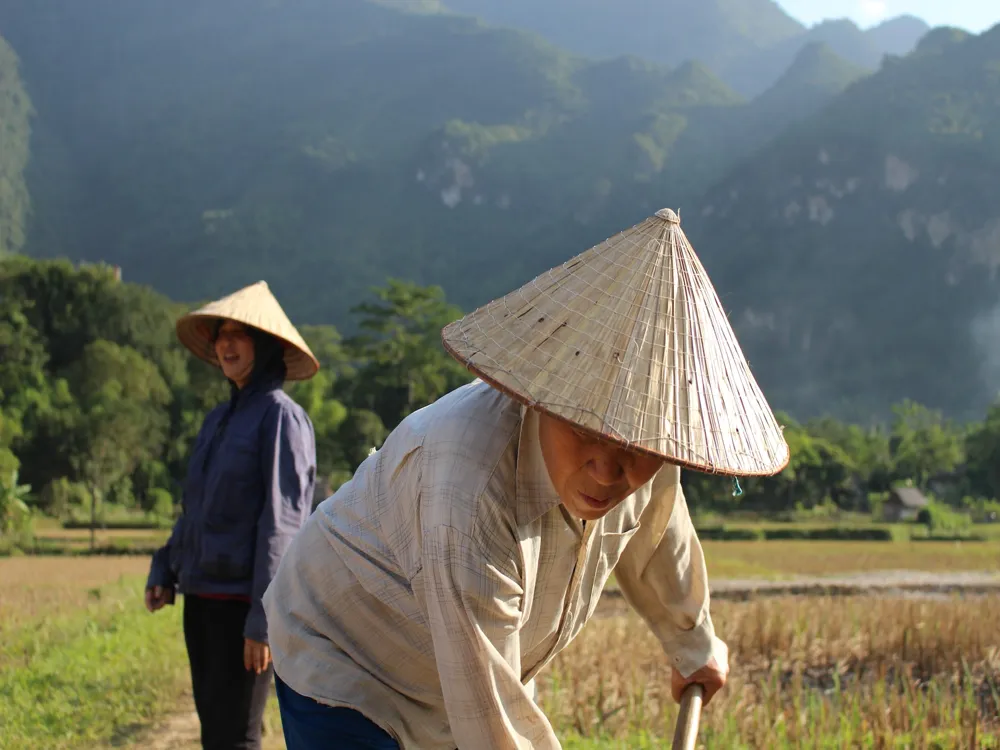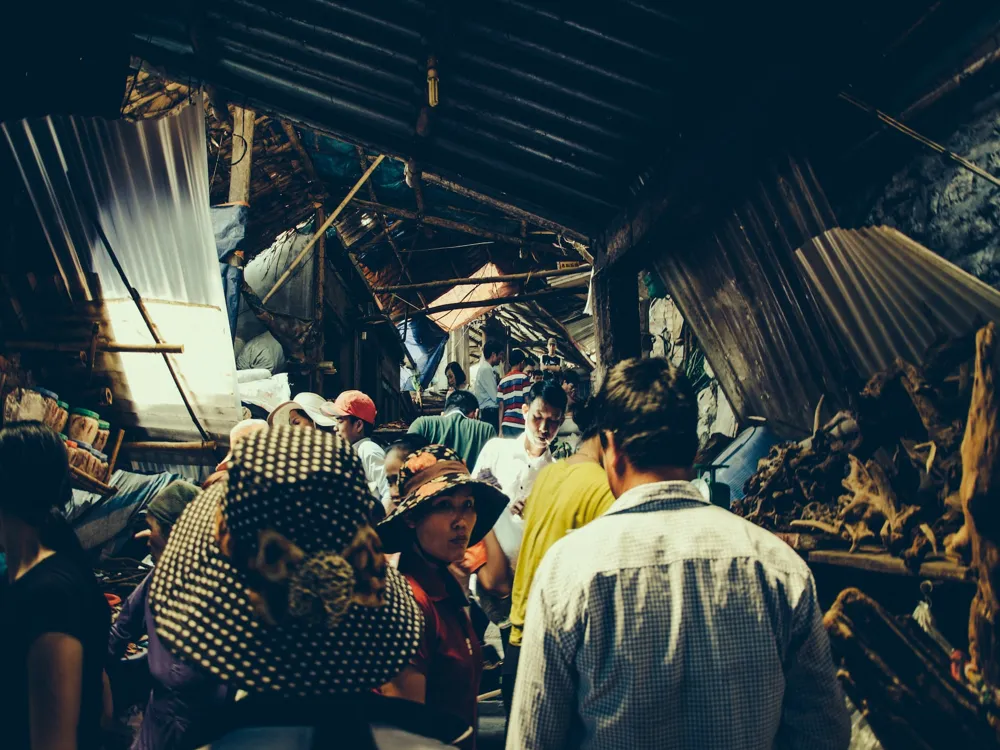Thung Khe Pass, a mesmerizing natural wonder, is nestled in the heart of Mai Chau valley, Vietnam. This mountain pass is renowned for its breathtaking beauty, offering a panoramic view that captures the essence of Vietnam's natural splendor. The pass, winding through the Hoa Binh Province, presents a unique blend of cultural richness and scenic landscapes, making it a must-visit destination for travelers seeking an authentic Vietnamese experience. As you traverse the Thung Khe Pass, you are greeted by the captivating sight of limestone mountains, blanketed with lush greenery and dotted with traditional stilt houses. The pass serves as a gateway to the Mai Chau valley, a serene and picturesque area inhabited by the Thai ethnic group. The tranquility of the valley, coupled with the majestic views from the Thung Khe Pass, creates a harmonious blend of nature and culture. This harmony is further accentuated by the local lifestyle, which is deeply connected to the land and its resources. The journey through Thung Khe Pass is not just a visual delight but also a cultural immersion. The vibrant local markets, the rhythmic sound of traditional music, and the aroma of ethnic cuisines add layers of sensory experiences to your journey. The pass's strategic location between two major cities, Hanoi and Ho Chi Minh City, makes it an accessible yet off-the-beaten-path destination for both domestic and international tourists. Thung Khe Pass is not only a testament to Vietnam's natural beauty but also a reflection of its resilient spirit. The pass has witnessed significant historical events and has played a vital role in the country's development. This historical significance, combined with its natural allure, makes Thung Khe Pass a compelling destination for those seeking to understand Vietnam's past and present. In essence, Thung Khe Pass is a symphony of nature's best offerings and cultural richness. It stands as an emblem of Vietnam's diverse landscape and its warm, welcoming spirit. A journey through this pass is more than just a travel experience; it's an exploration of the soul of Vietnam. The architecture of Thung Khe Pass is a captivating blend of natural and man-made elements, harmoniously intertwined to create a unique and awe-inspiring landscape. The pass itself is a feat of natural architecture, carved by the forces of nature over millennia. The rugged terrain, steep cliffs, and winding roads are a testament to the relentless and artistic work of natural elements. One of the most striking features of Thung Khe Pass is its road, a marvel of engineering that snakes through the mountains. The road is a ribbon of asphalt that hugs the contours of the landscape, offering a thrilling ride for motorists and cyclists alike. The construction of this road was a challenging task, given the steep gradients and sharp turns. It stands as a symbol of human ingenuity and resilience, seamlessly integrating into the natural environment. Apart from the road, the architecture of Thung Khe Pass is defined by the traditional stilt houses of the local ethnic communities. These houses, built using locally sourced materials like bamboo, wood, and thatch, are a perfect example of sustainable architecture. The stilt design is not just aesthetically pleasing but also functional, protecting the inhabitants from wildlife and floods while providing a cool living space during hot summers. The pass also features small temples and pagodas, some perched precariously on the mountainsides. These structures reflect the spiritual beliefs of the local communities and their reverence for nature. The architectural design of these temples often incorporates elements of the natural landscape, blurring the lines between the built environment and the natural world. Moreover, the landscape architecture of Thung Khe Pass is a canvas of biodiversity. The flora and fauna of the region are integral to the overall architectural aesthetic. The forests that cloak the mountains are home to diverse species of plants and animals, adding vibrancy and life to the rocky terrain. In conclusion, the architecture of Thung Khe Pass is a harmonious fusion of natural beauty and human creativity. It reflects a deep understanding and respect for the environment, showcasing the ability of humans to coexist with nature in a sustainable and aesthetic manner. The ideal time to visit Thung Khe Pass is during the spring (February to April) and autumn (September to November) months. During these periods, the weather is pleasant, with minimal rainfall and moderate temperatures, making it perfect for exploring the pass and the surrounding areas. When planning a trip to Thung Khe Pass, it's important to pack light but efficiently. Essentials include comfortable walking shoes, weather-appropriate clothing, a camera, a first-aid kit, and a map or GPS device. Don't forget to bring enough water and snacks for the journey, as well as sun protection. While traversing Thung Khe Pass, prioritize safety. The roads can be treacherous, especially during rainy seasons. Always adhere to local traffic laws, be cautious of sharp turns, and be aware of your surroundings. It's advisable to check weather conditions before setting out and to avoid the pass during extreme weather. It's important to respect the local culture and traditions of the Mai Chau valley. When interacting with local communities, be mindful of their customs and practices. Seek permission before taking photographs, dress modestly, and be courteous in your interactions. Besides Thung Khe Pass, the Mai Chau valley offers a plethora of attractions. Explore the local villages, participate in cultural experiences, and enjoy the local cuisine. The valley is also ideal for activities like cycling, hiking, and bird watching. Thung Khe Pass is easily accessible from major cities in Vietnam. The most common route is from Hanoi, which is approximately 135 kilometers away. Travelers can opt for buses, motorbikes, or private cars to reach the pass. The journey offers a scenic route, with the opportunity to experience the picturesque countryside of Vietnam. For those seeking a more adventurous route, motorbiking from Hanoi to Thung Khe Pass is a popular choice. This mode of transport allows travelers to fully immerse themselves in the landscape, with the flexibility to stop and explore along the way. Alternatively, buses and private car services offer a more comfortable and relaxed journey, suitable for families and less experienced travelers. In conclusion, reaching Thung Khe Pass is a journey that is as rewarding as the destination itself. The various modes of transport available cater to different preferences, ensuring that every traveler can experience the beauty of Thung Khe Pass and its surrounding areas. Read MoreOverview of Thung Khe Pass in Mai Chau
Architecture of Thung Khe Pass
Tips When Visiting Thung Khe Pass
Best Time to Visit
Travel Essentials
Safety Precautions
Respecting Local Culture
Exploring Nearby Attractions
How To Reach Thung Khe Pass
Mai Chau Tourism
Best Time to Visit Mai Chau
How to Reach Mai Chau
Things To Do Mai Chau
Thung Khe Pass
Mai Chau
₹ 25,000 onwards
View mai-chau Packages
Weather :
Tags : Hills & Valleys
Timings : All Day
Time Required : 1 - 2 hours
Entry Fee : No Entry Fee
Planning a Trip? Ask Your Question
Mai-chau Travel Packages
View All Packages For Mai-chau
Top Hotel Collections for Mai-chau

Private Pool

Luxury Hotels

5-Star Hotels

Pet Friendly
Top Hotels Near Mai-chau
Other Top Ranking Places In Mai-chau
View All Places To Visit In mai-chau
View mai-chau Packages
Weather :
Tags : Hills & Valleys
Timings : All Day
Time Required : 1 - 2 hours
Entry Fee : No Entry Fee
Planning a Trip? Ask Your Question
Mai-chau Travel Packages
View All Packages For Mai-chau
Top Hotel Collections for Mai-chau

Private Pool

Luxury Hotels

5-Star Hotels

Pet Friendly







